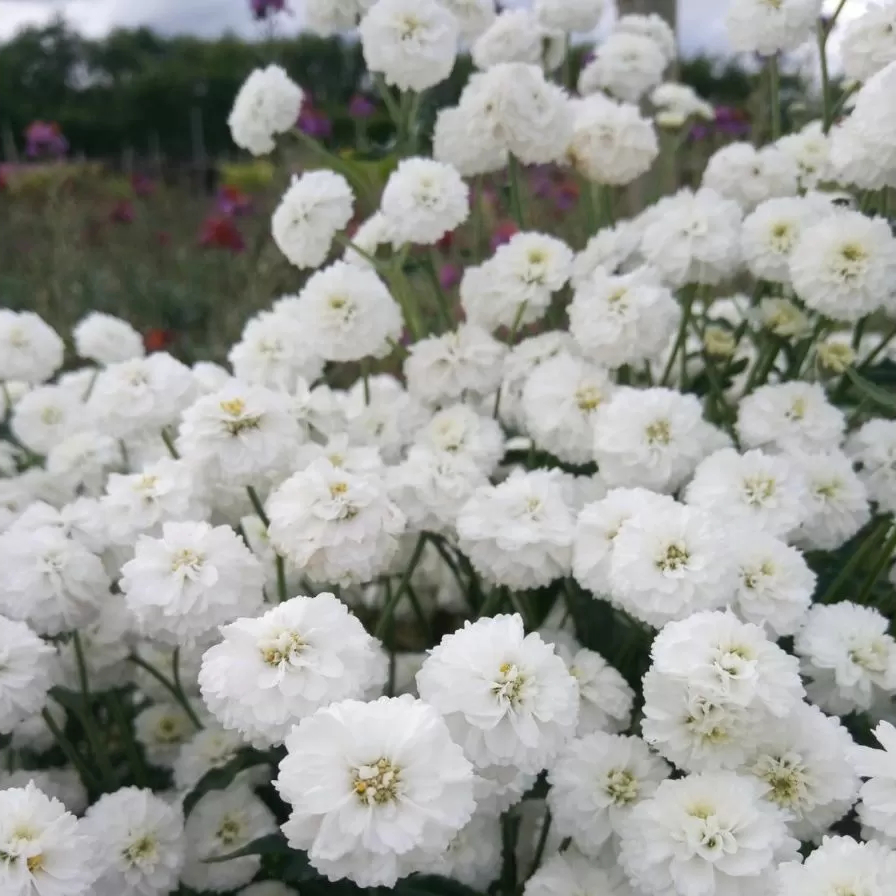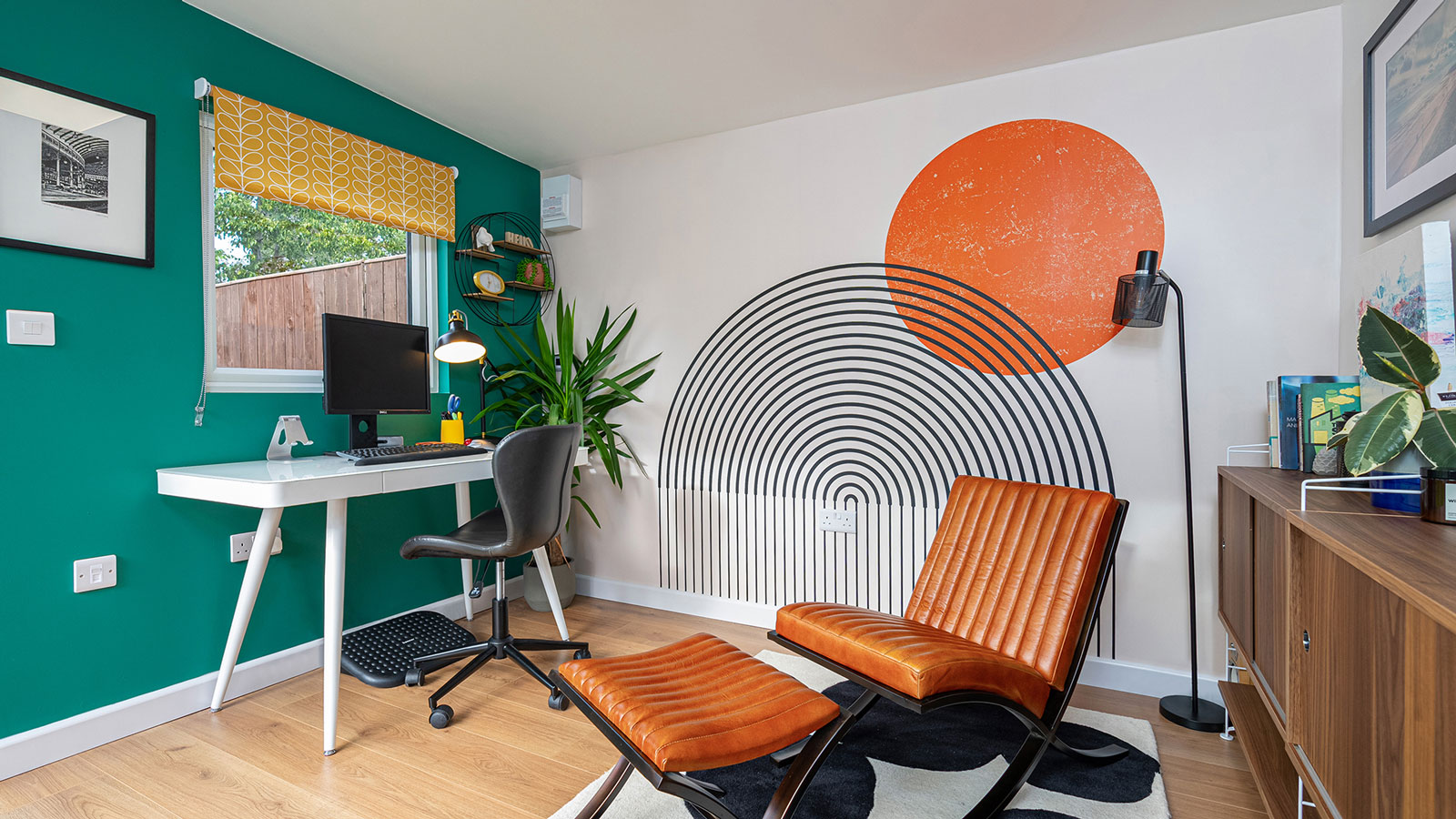13 eco-friendly and stylish ideas to help you find ways to re-use brick in a garden
Whether you're keen on sustainability or are looking for innovative and beautiful ways to recycle materials, we've rounded up 13 ways to re-use brick in a garden
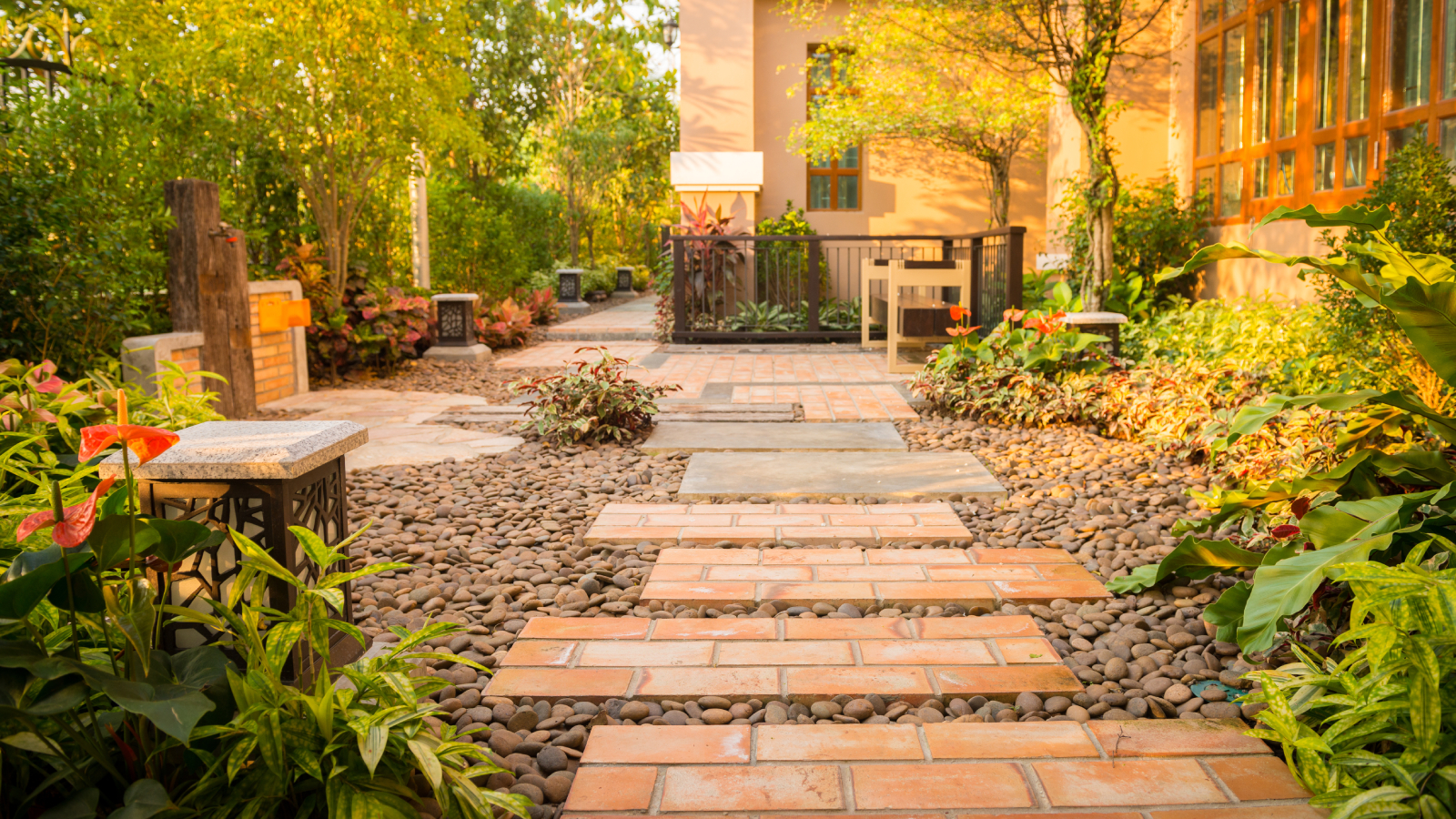
If you've got bricks left over from your self build, or have ended up with a big pile of them as a result of removing walls during a renovation, looking at ways to re-use brick in a garden can be one way of making sure they don't go to waste.
As well as saving you the extra expense of purchasing some hard landscaping materials, re-using them will also add an element of sustainability to your garden landscaping ideas, and if they're old bricks, can help keep a little bit of your home's history within its surroundings.
There's even ways you can use damaged or broken bricks too, so we've rounded up 13 ideas that give you plenty of ways to re-use brick in a garden.
13 ways to re-use brick in a garden
1. Create a simple brick edged border to define your patio
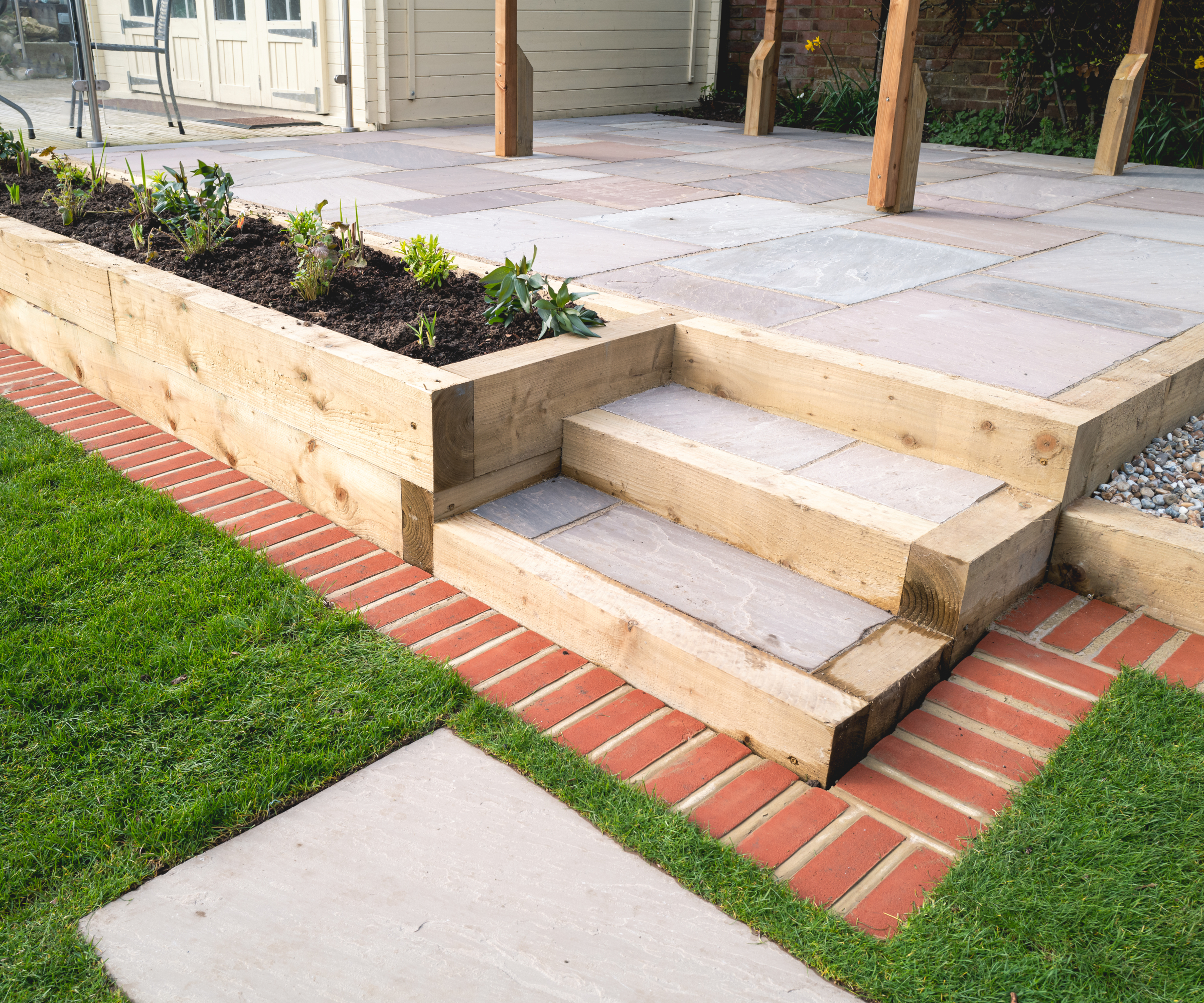
If you like your garden edging ideas to be neat, crisp and clean, it's one of the most popular ways to re-use brick in a garden.
"Bricks can be a great choice for creating paths, patios and hardstanding areas," says garden designer, Rosie Wilkins. "In kitchen gardens, they’re ideal for pathways between raised beds for example, but if you only have a small quantity available, consider mixing them in with other materials as a feature, like edging gravel paths, running detail bands through stone paving, or forming the risers of steps. It’s these little details that bring character and individuality to a space."
As well as creating visual interest and contrast with the rich terracotta brick, grass and pale wood and patio slabs all located close to each other, using the brick in this way also serves a practical purpose.
Instead of the lawn being laid to the edge of the wood, which could prove restrictive when mowing, you can mow right to the edge of the lawn for a uniform finish.

Rosie Wilkins studied Landscape Architecture at the University of Sheffield, and now heads up Rosie Wilkins Landscape Design. She enjoys working on both domestic and small public projects.
2. Build larger garden walls and extend them with low level planters
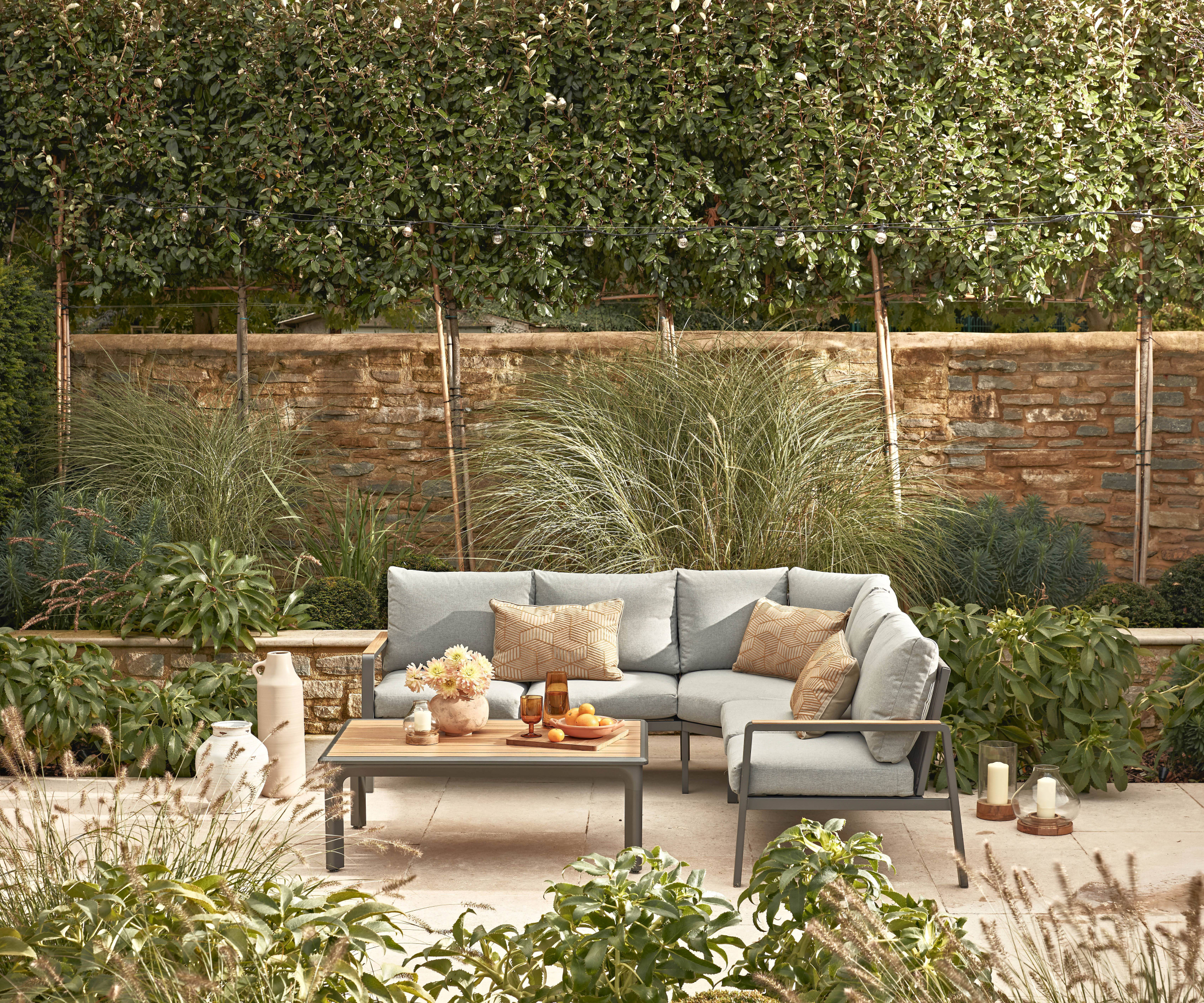
If you've plenty of brick and stone going spare, "reclaimed bricks that are already weathered can be used to extend and restore existing features like gate pillars, walling or outbuildings discretely with an uninterrupted look," says Rosie Wilkins.
Creating a feature wall in your garden to define a seating area can be a good way to re-use the brick, and one that works well if you have a variety of hard materials left over. Giving a rustic contrast to the otherwise modern garden idea, building a lower section of wall with a built in planter is also an effective way of adding plenty of plants to soften the space.
Wondering what to plant? "In large quantities, brick can be very dominating visually so I like to use plants with architectural or textural qualities to help soften the impact," shares Rosie. "Grasses, ferns, euphorbias, and evergreen shrubs work well to add dynamic shape and form, while Acers and Achillea are lovely for subtly picking up warm or cool tones in bricks across the seasons."
Plants to consider when looking at ways to re-use brick in a garden
3. Use your spare brick to build a water feature
A post shared by RKLA Studio (@rklastudio)
A photo posted by on
This beautiful project from RKLA Studio features a new brick water feature that perfectly compliments the historic brick wall behind.
Laying the brick in a herringbone pattern ensures it doesn't blend into the background, as does encasing them in a modern concrete shell. An intricate water spout and shelves let the water cascade down, while a curved brick base wraps around the water feature back to the original wall, making it feel as if it's always been a feature – rather than an add-on.
It's the perfect type of project if you find yourself with spares from knocking down a wall to build a new extension.
"If you are looking at decorative bonds and patterns, bear in mind that a basket-weave pattern is far easier to lay than a herringbone, as there are no tricky 45° cuts to be made in bricks," advises Eliza Gray from Eliza Gray Gardens.

Eliza Gray has been helping homeowners to create beautiful gardens for more than 15 years.
4. Angle your bricks for an alternative edging idea
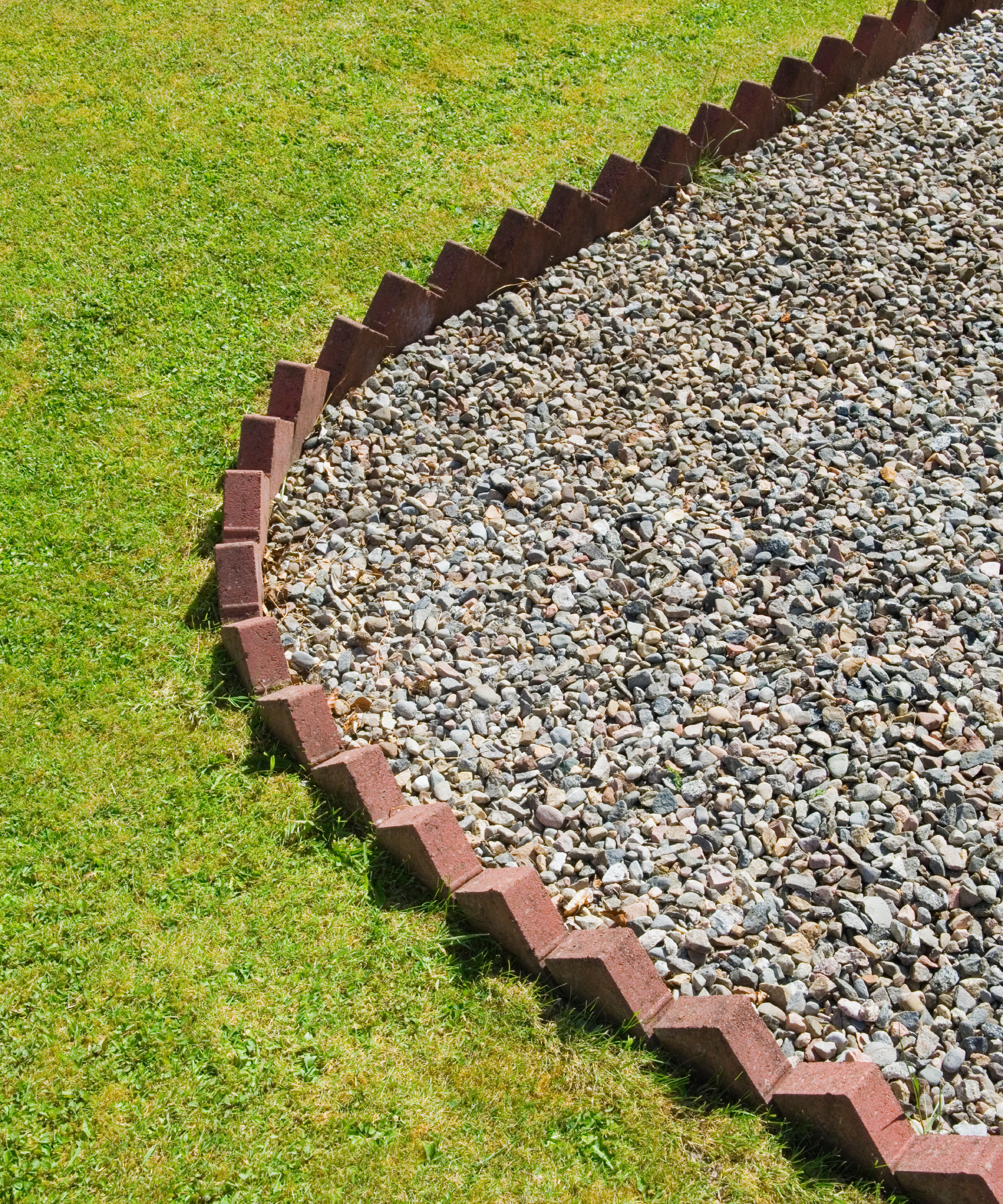
It can be easy to forget that while bricks are often with the flat edge outwards, when it comes to finding ways to re-use brick in a garden, you don't always have to stick with tradition.
Instead, turn them on their side and insert them into the ground at an angle. As well as adding a new aesthetic to your garden, the extra height created in using them this way is perfect if you're trying to find a way to prevent gravel or stones sneaking onto your lawn. In fact it could be the perfect cheap driveway idea if you have a gravel drive and want to keep it contained.
"However, when re-using bricks, make sure that they are up to the job and not liable to fracture due to frost," warns Eliza Gray. "If you want to use them for detailing in paths, ensure they are frost resistant to rating F2, as they will be surrounded by earth that will freeze and thaw, potentially damaging the bricks."
5. Settle down on a seat made from spare bricks
A post shared by mekarijo (@mekarijo.id)
A photo posted by on
Built in garden seating has become a popular feature of modern garden design, but works well in any setting where there are spaces to sit and rest a while, such as sunken garden ideas.
The curved brick seating area featured in this post from Mekarijo also shows how it's easy to soften the feel of bricks by using them to create curves, rather than straight lines. And, for even more impact, use the design in more than one location in your garden to create a smooth flow around your outdoor space.
6. Use solar lighting to showcase your brick features
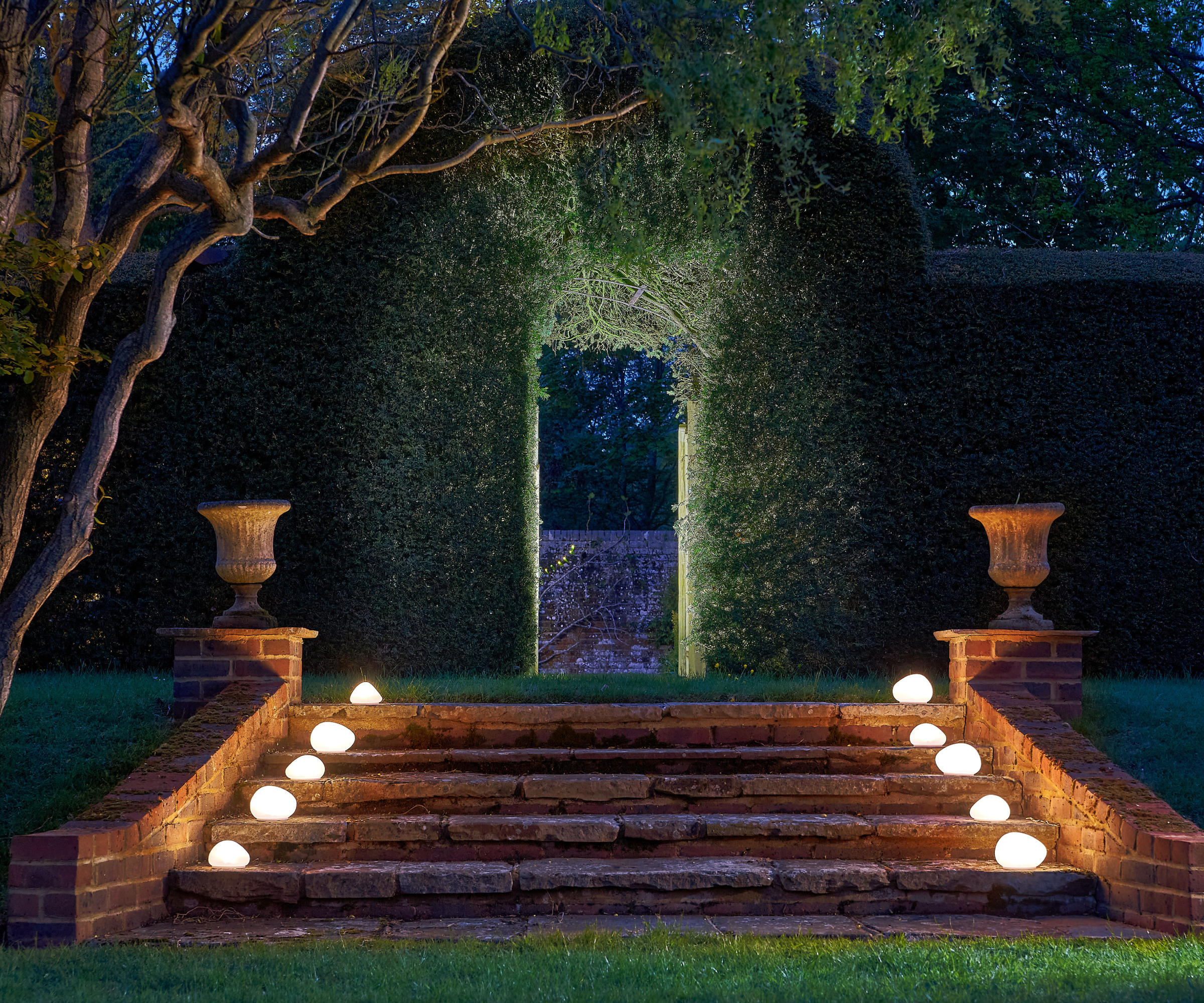
Although there are lots of different shades and types of brick, most of them have a rich texture and tone that adds warmth and character to your garden. However, while sunlight during the day can help highlight that detail, come nightfall, darker brick stock can disappear into the background.
If running new power cables isn't an option, make sure you look at solar powered garden lighting ideas instead. The solar powered glass pebbles from Annabel James in this garden not only add a warm glow, but bring safe passage to people using the steps to access the hidden garden through the arched hedge.
7. Create an outdoor kitchen with your leftover bricks
A post shared by Midland Brick (@midland_brick)
A photo posted by on
Whether you prefer to bring out the BBQ or pop in a pizza, having leftover brick from your self build can be the perfect base for your outdoor kitchen ideas. Design it to include openings for fridges, a log store and shelves for cookware.
But, for a more practical and smooth surface to work on, finish it with a material that's smoother and easier to clean such as concrete slabs. While the supporting and back wall are a perfect way to re-use brick in a garden, the rougher texture could be problematic as a worktop.
8. Combine leftover stone and brick to make a useful herb spiral
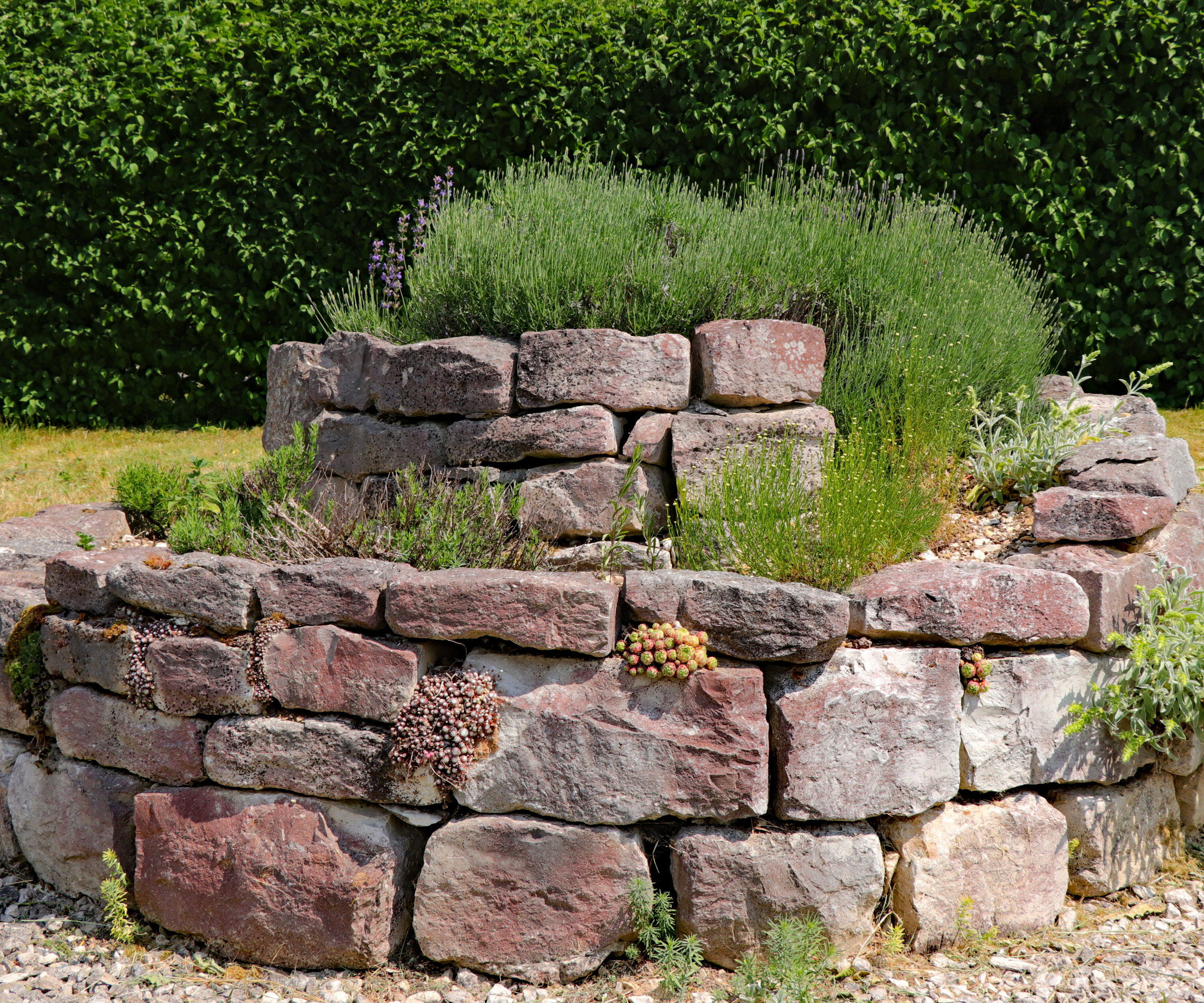
Even if you've only got mixed construction materials left, don't discard them. As this simple herb spiral proves, combining materials such as stone and brick can go a long way to adding character to your garden.
Mismatched, old, odd shapes? It really doesn't matter. Projects such as this one prove that not all ways to re-use brick in a garden need to be uniform. In this traditional garden setting, new bricks would look out of place, whereas the reclaimed and salvaged bricks and stone perfectly fit the bill.
9. Or, opt for something more ambitious instead
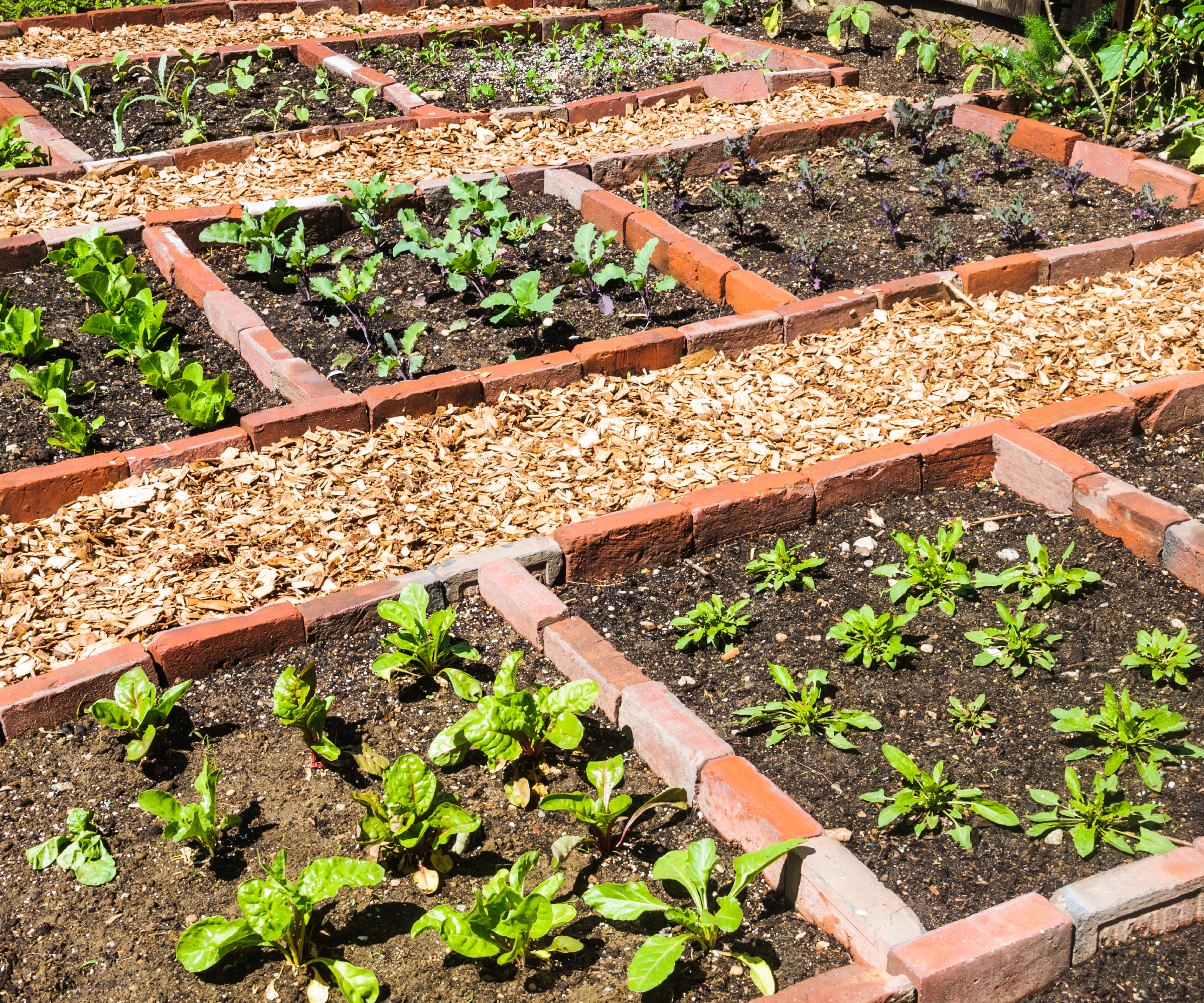
On the other hand, if your dreams of a vegetable garden involve something grander, use your spare bricks to define the different planting and produce areas. However, if your brick is salvaged from a demolition project, make sure you clean it up before using it, says Homebuilding & Renovating's DIY expert, Steve Jenkins.
"For a quick, simple clean, I add warm water and a squirt of washing liquid to a bucket and soak the brick for 30 seconds, before taking out and brushing down with a stiff brush or a scrubbing brush like this one from Amazon, then leaving it to dry.
"However, if it has mortar left on the brick, I use a masonry bolster like this one from Screwfix," says Steve. Just remember to push the brick up against a solid surface so it doesn't move, and keep the bolster at a shallow angle to avoid damaging the brick."

Steve Jenkins is Homebuilding & Renovating's DIY expert. With over 20 years of experience in transforming and renovating homes, he has a wide range of skills gleaned from working in the building trade and is great source of knowledge for all DIY jobs both inside and outside the home.
10. Build a garden seat that doubles up as an insect hotel
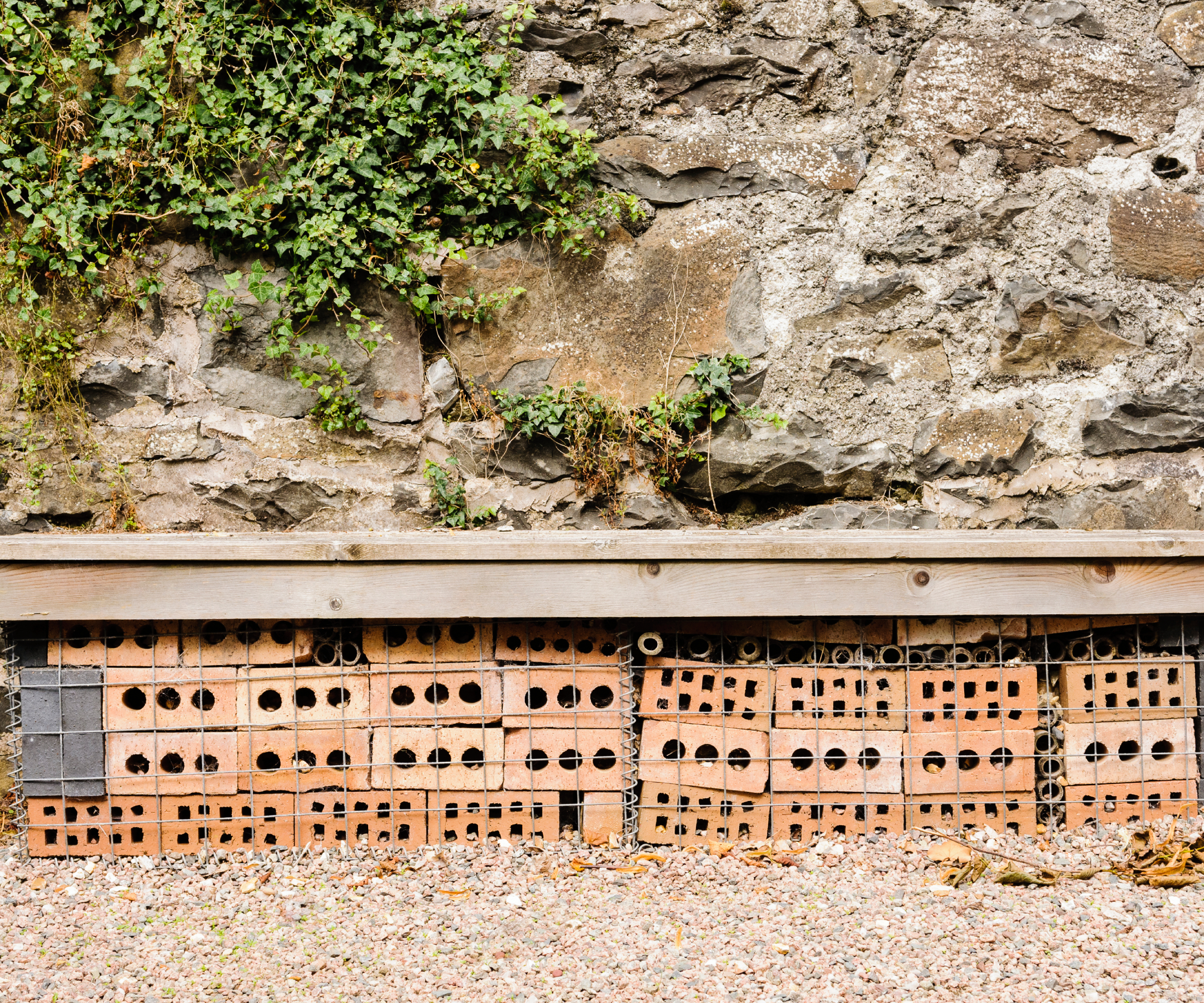
If on the other hand you live rurally and enjoy a variety of wildlife visitors to your garden, you could always use your leftover bricks to build a nesting spot for small bugs, insects and wildlife.
"Broken or damaged bricks can be stacked with other materials in gabion cages or decorative piles to create insect hotels and habitats," says Rosie Wilkins. "These can be designed to work in both naturalistic and contemporary schemes and add important ecological value to your garden."
11. Warm up your outdoor space with a stylish fire pit
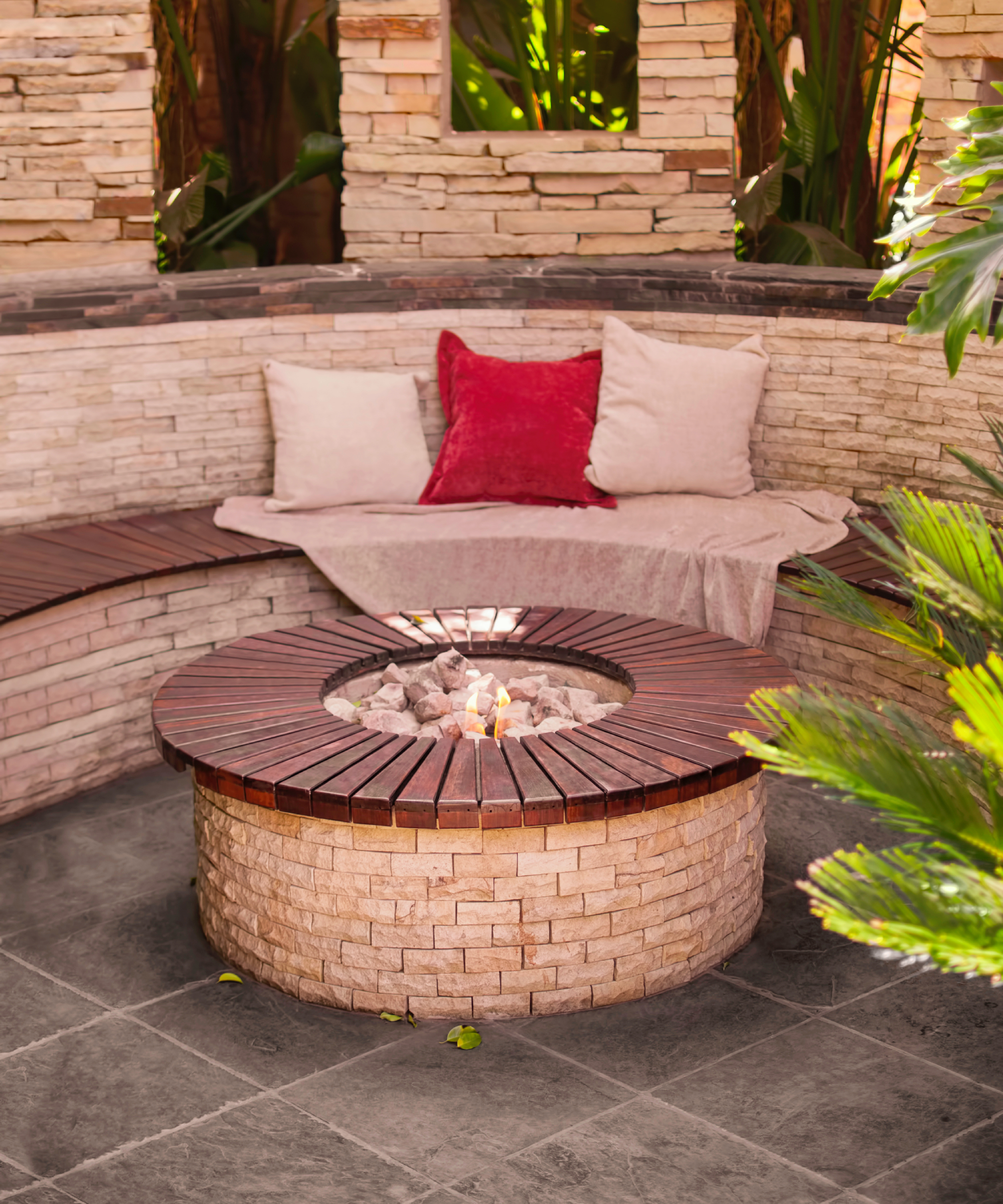
A popular way to re-use brick in a garden is to create a permanent garden fire pit, adding warmth to your raised patio ideas.
Having a lighter colour brick can also bring a more contemporary feel. "It’s easy to assume bricks only come in red or orange, but the range is far broader with buff creams, blue-blacks, and deep browns all on offer too," says Rosie Wilkins.
"As with any material, if you're going to be using a combination of old and new, get hold of samples to look at and compare in situ. Even within the same colour family, subtle variations in finish and firing can make a big difference."
12. Use leftover brick to re-build pillars for your front garden wall
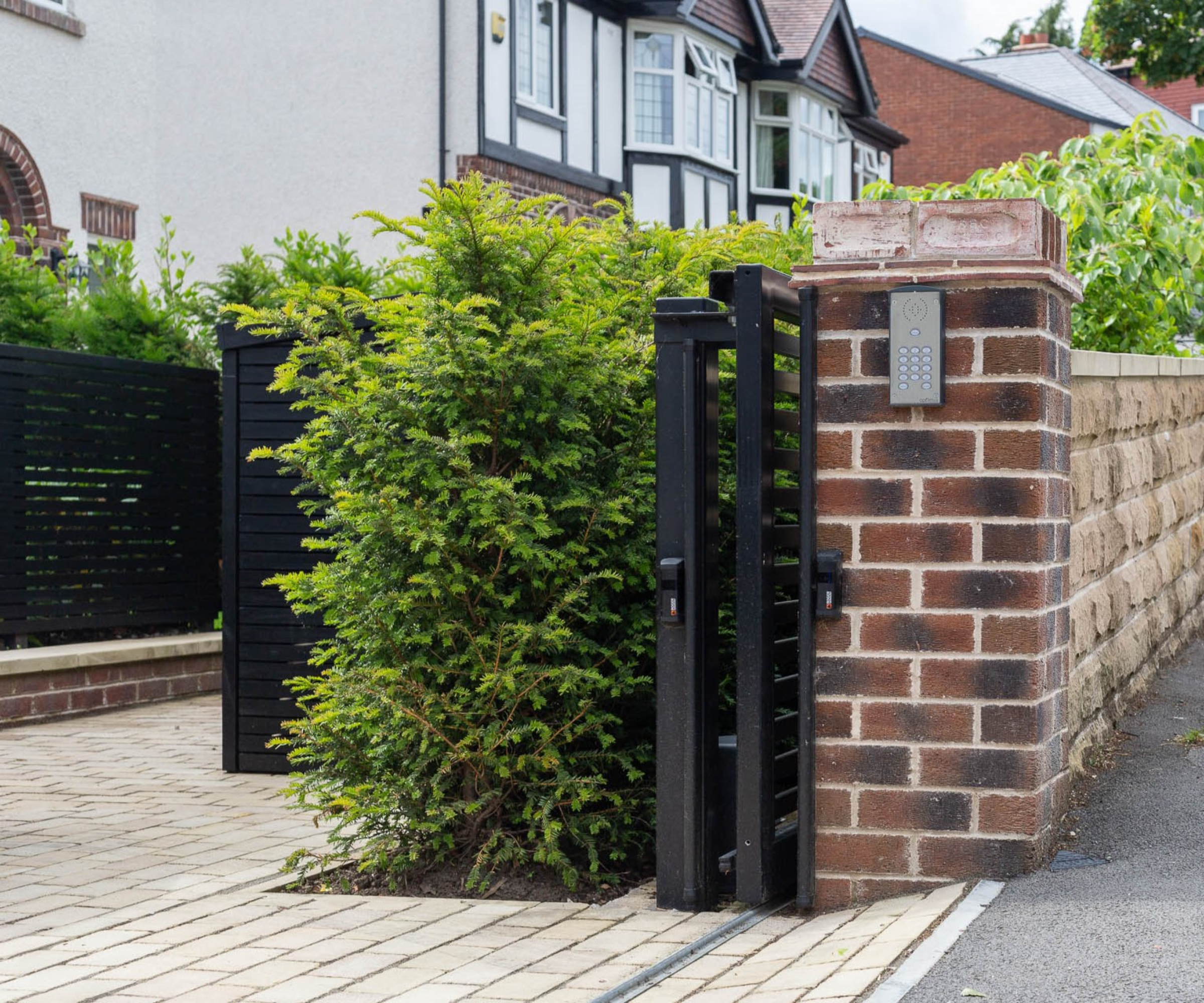
If as part of your home renovation you're sprucing up your front garden ideas, why not re-use brick to form pillars for your front garden wall ideas? It's a great way to add architectural continuity for a cohesive finished end result.
"Picking up on brick details from the house in the garden is a really effective way to create a seamless, subconscious connection between the two, making the old and new feel united," says Rosie Wilkins. "How you pick up on existing details is a personal style choice. You can go all in using brick to build walls, paving and even built-in seating, or take a more subtle approach by referencing it in small elements like steps edging or wall pillars.
"In this project I have worked on recently with James Bird Landscapes, the house had a beautiful brick archway framing the front door. We echoed this detail in the new walls for the front garden, helping to make the house and garden read visually as one."
13. Re-use the same brick to build a boundary wall
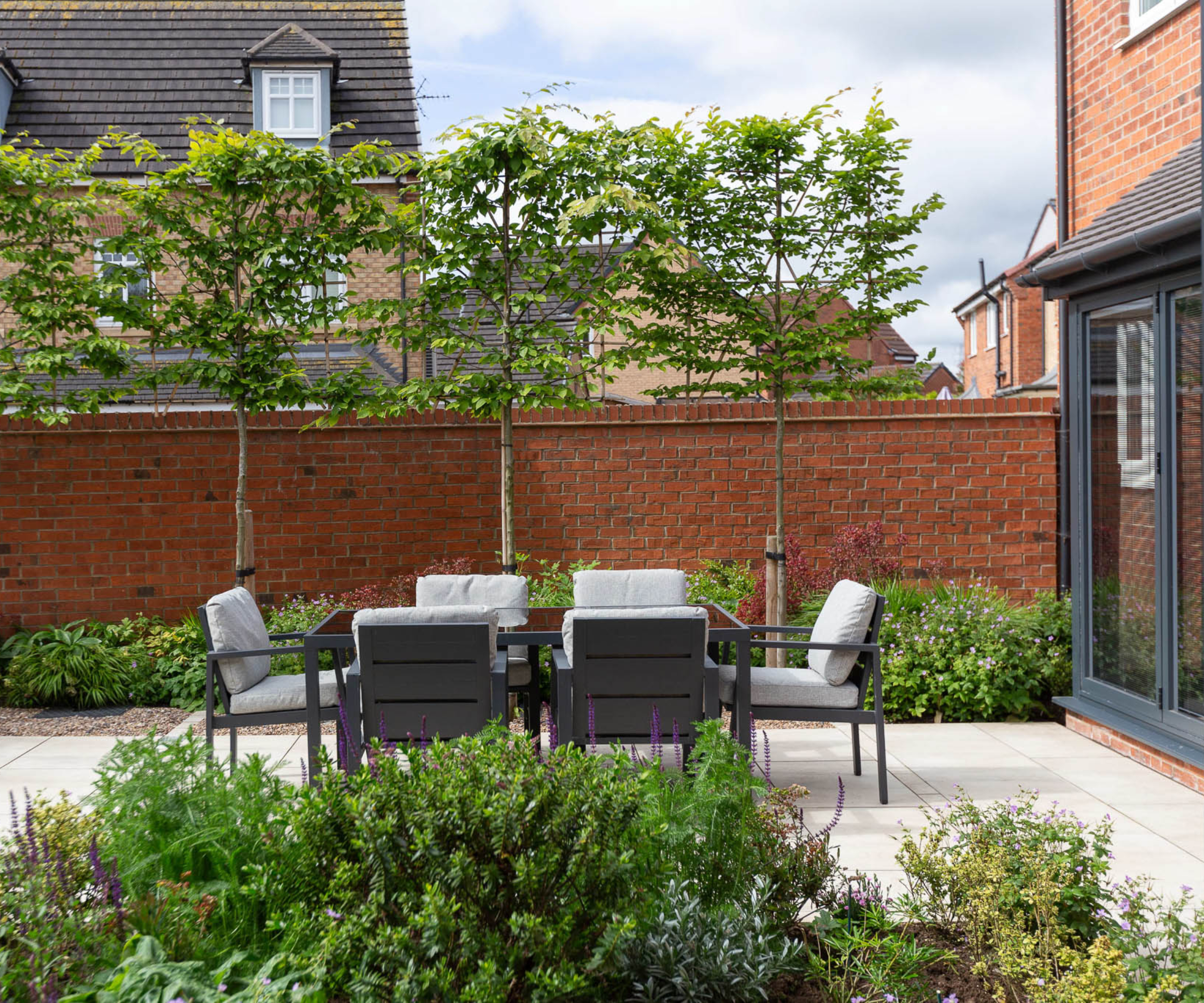
In the same way as your front walls can get a boost with left over brick, your rear garden wall ideas can also turn into a key part of your garden landscape design when you use brick.
However, this is not a project to be taken without due care and attention, says Rosie Wilkins. "For major elements like retaining walls or tall boundaries, consult a professional and check whether structural drawings or engineering bricks are required," she advises. "Where bricks will be in contact with planting or soil, you may need to incorporate a damp-proof course and use bricks suitable for wetter conditions."
Make sure you also check the garden wall height regulations in the UK before you proceed.
FAQs
How can I re-use broken bricks in a garden?
While having broken or salvaged bricks can create interesting design features, they won't always be good enough to re-use in a garden to create something of a structural nature. So what can you do with them instead? Rather than taking them to the tip, there are ways of re-using and recycling that can also save you money.
"Poor-quality or damaged bricks can be crushed on site and reused as hardcore for paving or as a permeable base layer, reducing waste and the need for buying and bringing in material," confirms Rosie Wilkins.
It's something I've had first hand experience of too. In my Grand Designs project, we demolished old extensions before constructing the new ones. And instead of filling endless skips with the waste, we paid to have them crushed on site so that the material could be used in the foundations. It helped add a small eco element to the build.
What other materials pair well with brick?
"Brick can be paired with a wide range of materials," says Rosie Wilkins. "My personal preference leans toward a naturalistic, contemporary aesthetic in which I like to use brick with gravel, timber and/or metal. For a rustic look, traditional red bricks with raw oak or cedar and corten steel works well.
"For something more contemporary, the contrast of buff or blue-black bricks with charred timber and dark grey metal can make a bold impact," she advises.
For more ideas on how to re-use brick in a garden, also remember that you can change the look of bricks too, says Rosie Wilkins.
"If the colour or condition doesn’t suit your design visually, consider using them to build structures that are then rendered or painted to fit with your scheme," she suggests.
For more inspiration, take a look at these garden planter ideas and follow some garden path ideas to help lead you towards the right way for you to re-use brick in your garden design.
Bring your dream home to life with expert advice, how to guides and design inspiration. Sign up for our newsletter and get two free tickets to a Homebuilding & Renovating Show near you.

Sarah is Homebuilding & Renovating’s Assistant Editor and joined the team in 2024. An established homes and interiors writer, Sarah has renovated and extended a number of properties, including a listing building and renovation project that featured on Grand Designs. Although she said she would never buy a listed property again, she has recently purchased a Grade II listed apartment. As it had already been professionally renovated, she has instead set her sights on tackling some changes to improve the building’s energy efficiency, as well as adding some personal touches to the interior.

